Clay topsoil is an important component of the ground beneath our feet. It is an essential part of a healthy and productive garden or lawn, and can provide excellent support for plants and trees. Clay topsoil is also used in construction projects to create strong foundations for buildings and roads. But what exactly is clay topsoil, and what types of clay topsoil are available?In this article, we'll explore the different types of clay topsoil, what they are made of, and how they can be used in your garden or construction project.
We'll also discuss the importance of proper soil pH levels and how to maintain them. Finally, we'll look at some tips for choosing and using clay topsoil in your home or business. The main component of clay topsoil is clay particles. Clay particles are very small, and when they are combined with water they form a gel-like substance. Clay particles are very stable, and can hold onto nutrients and moisture for long periods of time.
This makes them ideal for gardening and landscaping projects, as they can help retain moisture and nutrients for plants. Clay topsoil also has a higher density than other types of topsoil. This means that it can be used for construction projects, such as paving or foundations. It can also be used to level out uneven ground or to fill in large gaps in the soil. Clay topsoil has both benefits and drawbacks.
One of the main benefits is that it can help retain moisture and nutrients for plants. This can be especially helpful in areas with low rainfall, as it can help keep plants hydrated. Additionally, clay topsoil can be used to level out uneven ground or to fill in large gaps in the soil. On the downside, clay topsoil can be difficult to work with. It can be hard to break up, and if it gets too wet it can become difficult to work with.
Additionally, it can be more difficult to aerate than other types of soil, which can make it more difficult for plants to grow in it. Additionally, clay topsoil is more prone to compaction than other types of topsoil, which can make it difficult for roots to penetrate. Overall, clay topsoil is a great choice for landscaping and gardening projects, as it can help retain moisture and nutrients for plants. However, it is important to keep in mind its drawbacks when deciding whether or not to use it. Clay topsoil requires more maintenance than other types of soil, as it needs to be aerated regularly and monitored for compaction.
Additionally, if the soil becomes too wet, it can become difficult to work with and may need to be replaced. Before using clay topsoil for any project, it is important to consider the pros and cons carefully. Clay topsoil is a great choice for landscaping and gardening projects due to its ability to retain moisture and nutrients for plants. However, it also has some drawbacks that should be taken into consideration before making a decision.
How Is Clay Topsoil Different From Other Types Of Topsoil?
Clay topsoil is a type of soil that is composed mainly of clay particles. Its main difference from other types of topsoil is its density.Clay topsoil has a higher density than other types of topsoil, which makes it better suited for construction projects such as foundations, driveways, and roads. It is also more compact and less prone to shifting than other types of topsoil. This makes it suitable for areas where stability and strength are important. Clay topsoil is also better at holding water than other types of topsoil.
This makes it ideal for gardening projects that require additional water retention. It is also less likely to erode due to its increased density. Finally, clay topsoil is more likely to retain nutrients due to its increased density and water retention. This makes it an excellent choice for gardens, flower beds, and landscaping projects.
What Are The Benefits And Drawbacks Of Using Clay Topsoil?
Clay topsoil has many advantages, the most noteworthy of which is its ability to retain moisture and nutrients for plants. This is especially helpful for gardeners and landscapers looking to create vibrant, healthy lawns and gardens.Clay topsoil also provides a stable base for construction projects, making it a popular choice for these types of projects. However, there are some drawbacks to using clay topsoil. It can be difficult to work with, as it tends to be more compacted than other types of topsoil. Additionally, it can be prone to erosion if not treated properly, so it is important to apply a layer of mulch or other protective material.
Overall, clay topsoil can be a great choice for landscaping and gardening projects, as long as the user is aware of the potential drawbacks and takes proper precautions.
What Is Clay Topsoil?
Clay topsoil is a type of soil that is composed mainly of clay particles. It is typically used in landscaping, gardening, and construction projects due to its properties. Clay topsoil has a high density and can retain water, making it an ideal choice for soil that needs to be kept moist.It also provides good drainage, as clay particles do not allow water to pass through them easily. Additionally, clay topsoil is able to hold onto nutrients better than other types of soils. Clay topsoil is usually darker in color than other types of topsoil due to the high concentration of clay particles. It can be difficult to work with due to its heavy density and can require more effort and time when cultivating or planting in it. Additionally, clay topsoil can sometimes be infertile and may need to be amended with organic matter or fertilizer to ensure healthy plant growth. In conclusion, clay topsoil can be an ideal choice for landscaping and gardening projects due to its ability to hold moisture and nutrients for plants.
However, it is important to consider the drawbacks associated with clay topsoil before deciding to use it. With careful consideration and proper maintenance, clay topsoil can be an effective choice for any project.
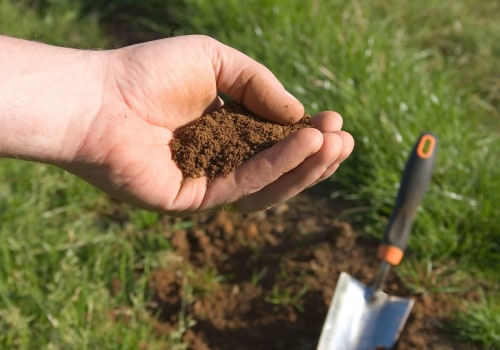
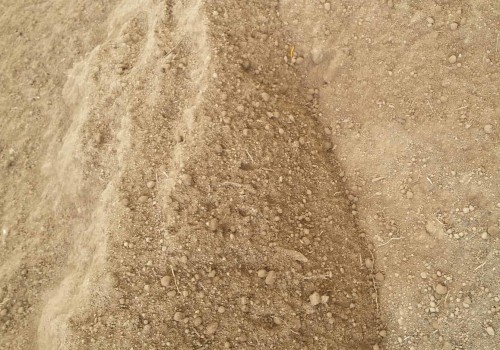
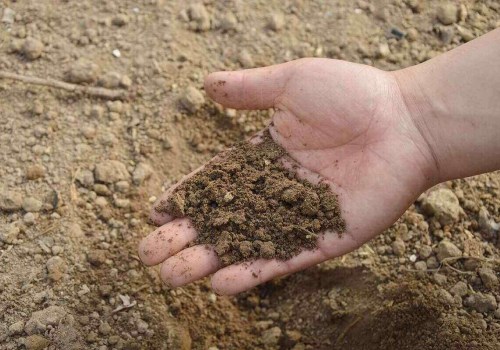
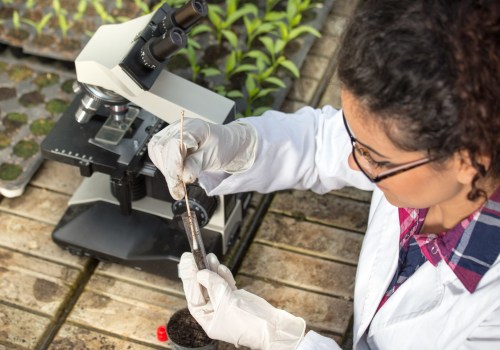
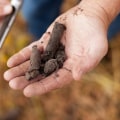
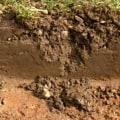
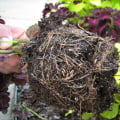
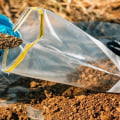
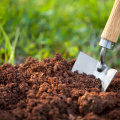
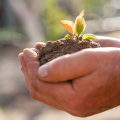
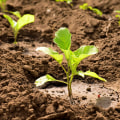
Leave a Comment